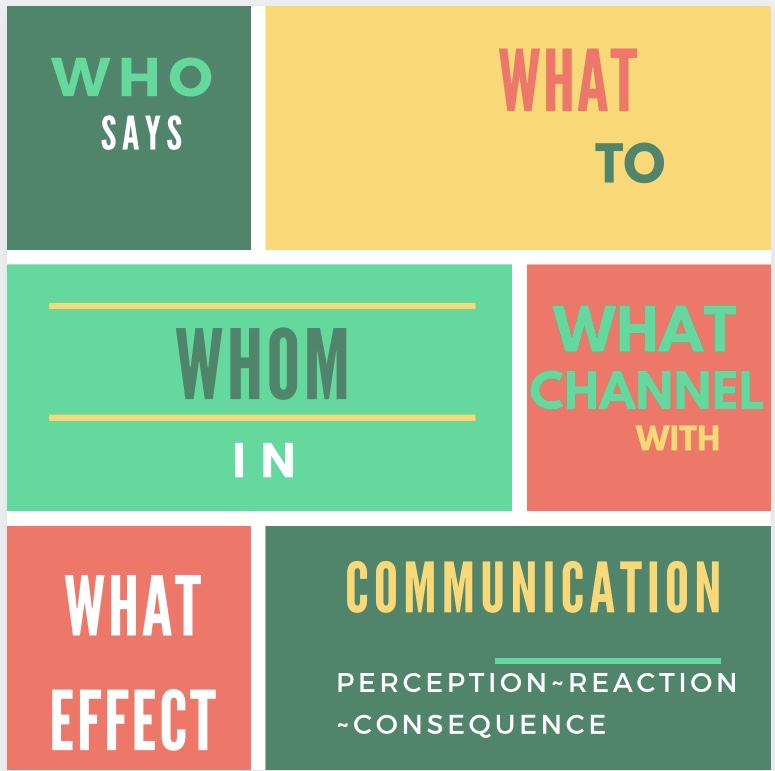
Information overload in the current crisis, compels a section of consumers to selectively utilize different media platforms. And filtering excessive consumption from an abundance of data, is of essence to these audiences.
Perhaps a good time for content creators, to communicate judiciously with well founded information. Audiences trust facts, as well as believability of source. For these reasons, it becomes imperative to establish credibility, particularly in current times when billions of people are impelled to stay or work from home and the challenges as well as the influence of communication, is real.
Lasswell’s communication model (developed in 1948) which essentially is a five-questions model of communication, focuses on ~Who ~the communicator (says) What ~content (to) Whom~audience (in) What Channel ~the medium (with) What Effect~outcome, and is of importance in mass communication.
This model of communication has been widely applied and used to evaluate the continuous communication process across traditional and new media platforms.The advantages of this model is that it is easy to understand, valid for any type of communication and it focuses on the effect. Though a linear model of communication, feedback has subsequently been included in more modern communication models.
In 1956, George Gerbner, the founder of cultivation theory, further expanded Lasswell’s model to focus attention on perception (reaction by the perceiver) and the consequences (of the communication). And today, when the world grapples with uncertainties: perception and consequences become very significant in messaging. Perception therefore is more than just information coming in, it is an active process.
Moreover establishing reliability is necessary with audiences, who understand authentic messaging. It is credibility and authority that an audience perceives a writer has on a topic and this builds readership and reach. Hence it is for the content creator, to keep the stakeholders in mind while creating quality messaging.
Ultimately, transparency does build trust and going forward this confidence in responsible reportage, will be key in strengthening the relationship between the communicator and the audience.

